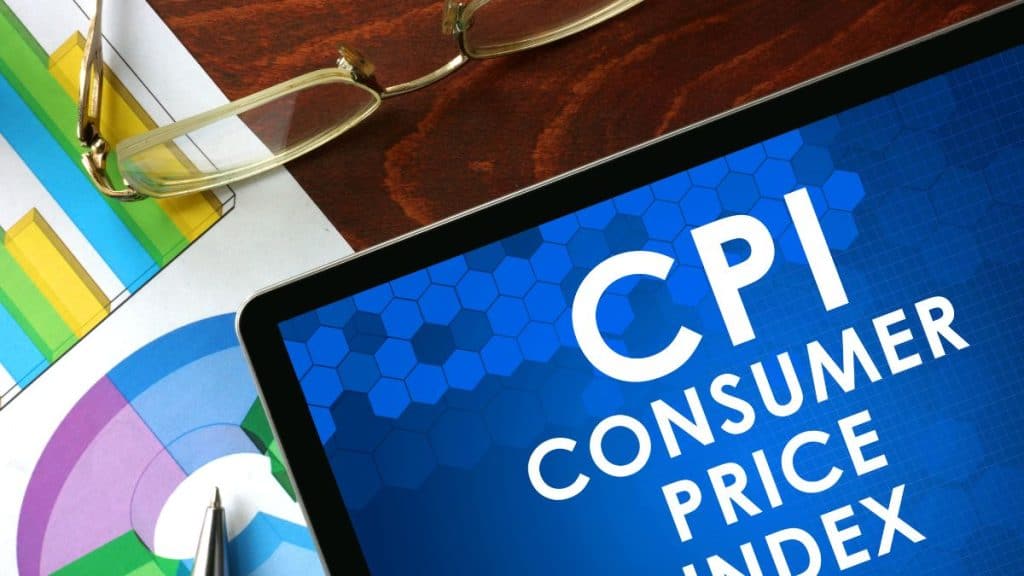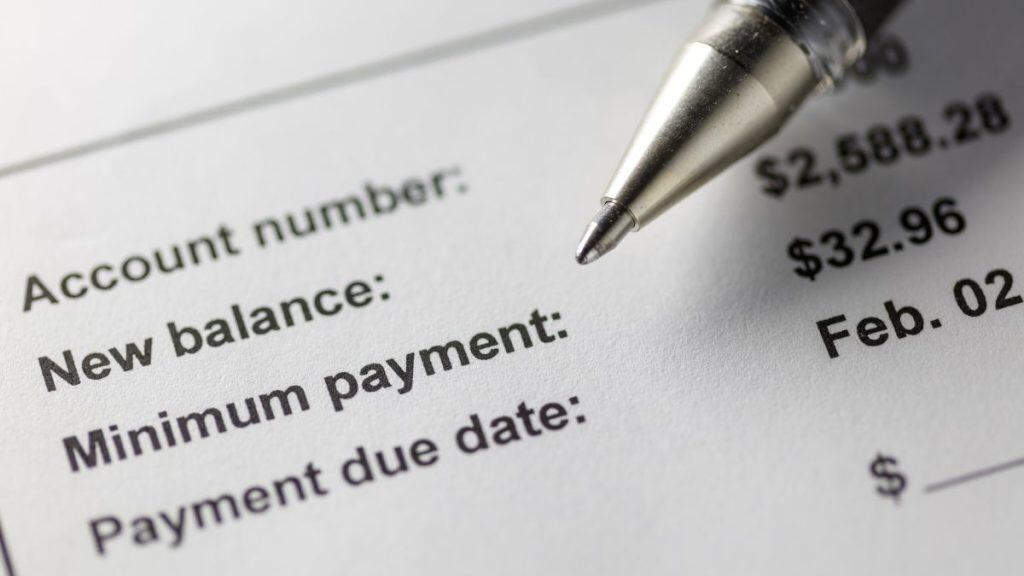You probably hear about inflation or the cost of living often, maybe in the news or when discussing household budgets. One of the main ways these ideas are measured is through something called the Consumer Price Index, often shortened to CPI.
But what exactly is CPI? It sounds complicated, but the basic idea is simple. This article will explain clearly what CPI means, how it’s figured out, why it matters, and how changes in CPI can affect your daily life—from grocery prices to paychecks.
Defining CPI: What is the Consumer Price Index?

The Consumer Price Index (CPI) is a way to measure how much the prices of everyday things change over time. It tracks the average price changes of items that people living in cities buy regularly. You can think of it as tracking the price of a “shopping cart” filled with items typical households buy. This group of items is called a basket of goods and services.
When CPI goes up, it means prices are rising, which we call inflation. When CPI goes down, it means prices are falling, which we call deflation. Because it tracks price changes, CPI is an important economic indicator that shows trends in the economy.
How is CPI Calculated?
Figuring out CPI involves a lot of data, but here’s a simple explanation of how it’s done:
- Choosing the Market Basket: Government agencies, like the Bureau of Labor Statistics (BLS), decide what goes into the typical shopping basket. They do this by surveying what people actually buy. The basket includes things like housing, food (like bread and milk), transportation (gasoline, cars), medical care, clothing, and education.
- Collecting Prices: Each month, workers track the current prices of all the items in the basket. They collect prices from many stores and service providers across cities.
- Applying Weights: Some items are more important to people’s budgets than others. For example, people usually spend much more on housing than on movie tickets. To reflect this, items get different “weights” based on how much money people spend on them. Housing costs weigh more heavily on CPI than movie tickets.
- Calculating the Index: The agency calculates the total cost of the weighted basket for the current month. It then compares the total cost to the cost during a reference point in the past (the base period). The result is turned into a number called the CPI index. The base period is often set to 100, which makes it easier to see price changes over time.
Why is CPI Important? What Does It Tell Us?

The CPI is crucial in economics for several reasons. First, it measures inflation by tracking how quickly prices are rising. When news reports mention inflation, they are usually referring to changes in the CPI.
Second, it helps track the cost of living. While it may not perfectly match everyone’s experience, the CPI provides a general sense of how costs are changing for typical households.
Lastly, it shows how purchasing power changes. When the CPI rises, it means your money buys less than it did before, reflecting a decrease in purchasing power. Tracking CPI helps us understand how the value of money is shifting over time.
How is the CPI Used in Real Life?
CPI changes have real effects on both people and economic policy. Here are some common ways CPI is used:
- Cost-of-Living Adjustments (COLAs): Many payments, like Social Security benefits in the U.S., are automatically increased each year based on CPI to keep up with inflation.
- Wage and Salary Adjustments: Some jobs and contracts adjust wages based on CPI, helping workers maintain their purchasing power.
- Rent Adjustments: Many apartment leases have clauses that adjust rent based on local or national CPI.
- Economic Policy: Governments and central banks, like the Federal Reserve, use CPI data to set policy. For example, if inflation is rising too quickly, the central bank may raise interest rates to slow down the economy.
- Adjusting Economic Figures: Economists use CPI to adjust other financial data, like company sales or national income figures, for inflation. This helps them see real growth separate from just price increases.
Understanding CPI Numbers: What Do Changes Mean?
When you see a CPI number, like 315.4, keep in mind it’s an index number. It shows the price level compared to the base period (which is often set to 100). The number itself isn’t in dollars.
What matters more is the percentage change in CPI over time. This is the inflation rate. For example, if CPI was 300 last April and 309 this April, you calculate the inflation rate like this:
((309 – 300) / 300) * 100% = 3%
This means prices increased by 3% over the year.
Core CPI vs. Headline CPI: What’s the Difference?
You may hear two types of CPI: Headline CPI and Core CPI.
- Headline CPI includes all items in the market basket—food, energy (gasoline and electricity), housing, etc.
- Core CPI removes food and energy prices from the calculation. Food and energy prices can change quickly, so removing them gives a clearer picture of long-term inflation trends. Core CPI is often used to understand more stable inflation patterns.
Both numbers are important, depending on the analysis you’re looking for.
Are There Limitations to the CPI?
While CPI is a valuable tool, it’s not perfect. It reflects the experience of urban consumers, but your personal cost of living may differ based on what you buy and where you live. Some biases exist in the CPI calculation:
- Substitution Bias: If the price of apples goes up, people might switch to buying oranges. CPI might not immediately reflect this change.
- Quality Change Bias: Products often improve over time. For example, a new smartphone may cost more, but it has better features. The CPI might not fully account for these improvements in product quality.
- New Product Bias: New products take time to be included in the CPI basket. Early on, their prices may fall, but CPI doesn’t capture that until they’re added to the basket.
- Outlet Substitution Bias: As people shop more at discount stores or online, CPI may be slow to reflect these price differences.
These biases suggest CPI may slightly overstate inflation, but statistical agencies constantly improve their methods.
CPI Around the World
CPI is used globally. Most countries have their own national statistical offices that calculate CPI based on their population’s spending. While the basic idea remains the same, the items included, their weights, and the base periods used may vary.
Conclusion
The Consumer Price Index (CPI) is a key economic indicator that tracks how the prices of typical goods and services change over time. It measures inflation and gives us an understanding of the cost of living and how the purchasing power of money changes.
CPI is used in many areas, from Social Security payments to economic policy decisions made by central banks. Even though CPI has some limitations, understanding it helps explain economic news and how it relates to your personal finances.
We hope this guide helped explain the Consumer Price Index. Do you have questions about CPI or how inflation affects you? Share your thoughts or questions in the comments below! If you found this article useful, please share it with others!